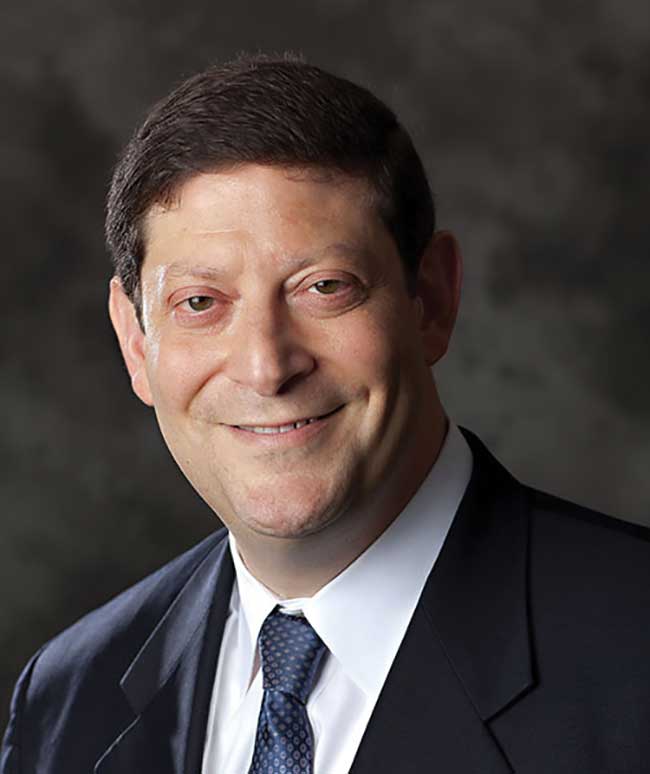
3 Questions Interview
Alan Willner, 2016 president of The Optical Society (OSA), entered the field of optics about 30 years ago, receiving a Ph.D. in electrical engineering from Columbia University in 1988. He is a former postdoctoral member of the technical staff at AT&T Bell Labs and a member of the technical staff at Bellcore. He joined the University of Southern California in 1992 and is currently the Steven and Kathryn Sample Chair in Engineering.

Alan Willner. Photo courtesy of The Optical Society (OSA).
Willner has numerous awards to his credit throughout his decades-long career; among them, the OSA Paul Forman Engineering Excellence Award, the Presidential Faculty Fellows Award from the White House, a Fulbright Foundation Senior Scholar Fellowship, the SPIE President’s Award and the USC Associates Award for University-Wide Creativity in Research.
Photonics Spectra spoke with Willner about his time in the optics field, and what he anticipates for the future.
Q: In what ways have optics evolved since you entered the field?
A: Over the past 100 years, the field of optics has produced astounding scientific and engineering feats. I’ve been involved with [OSA] for the past 30 years. In 2016, we are celebrating our 100th birthday and a century of optics innovation and inventors. I entered into the industry in the late 1980s and I have experienced a true transformation in the way we communicate using optics.
When I started my career, there was a lot of potential for optics. Optics is now cemented in the way it touches us every day — from displays to mobile to the internet. With the nature of optical science and ubiquity of communications in our world, there is much reason to hope that this rate of technical progress and impactful applications will continue for many years to come.
Q: What are the implications of emerging optics research and technologies for the industry?
A: It is quite likely that advances in the coming decades in the performance and mass production of photonic integrated circuits will enable optics to be ubiquitously deployed wherever and whenever it can bring benefit to the system, just as we use electronic integrated circuits today without a thought. Furthermore, optics will bring low-loss and high-bandwidth connections between and within computer chips.
In many disciplines of optics, there have been orders of magnitudes of advancements, yet there are always limitations that need to be overcome to move forward. Similar to the semiconductor industry’s commitment to meet Moore’s Law, the optics industry must continue to push the envelope and explore.
Q: What does the future hold for the optics field?
A: We enable so much of what people use every day and we have serious technical hurdles to overcome in the future. Just like semiconductors, we are “too important to fail,” and this requires that the public understand our value and future potential.
In 2015, the U.N. declared it to be the International Year of Light. In the same year, both the Nobel Prizes in Physics and Chemistry went to optics people for optics work. This was not a one-time thing. Optics really is an essential technology for our world, and will only get more so in the future — and need strategic investment so that future will emerge.
Published: September 2016